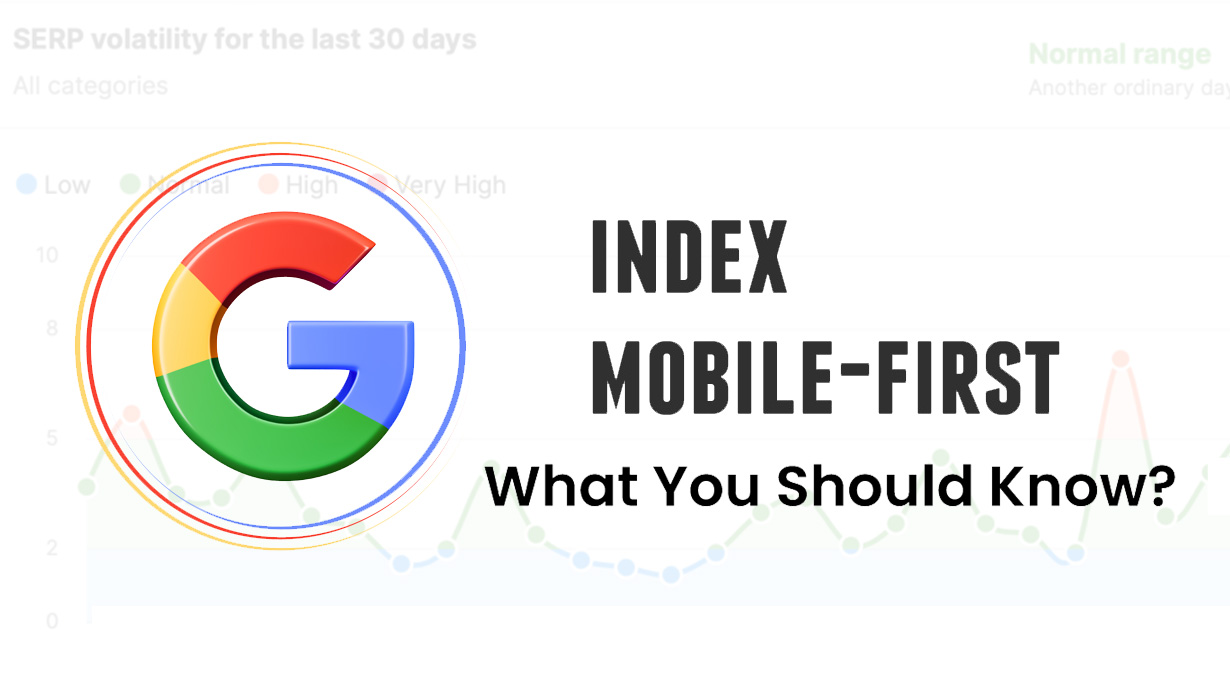Mobile-First Index – A New Paraphernalia For Ranking!

Why Mobile-First Indexing Is a Game-Changer for Search Rankings
Mobile phones, apart from being used for communication, are equivalently used for surfing and searching the internet every now and then.
We all know and experience the variations while using the internet on our mobile screens compared to using it on a desktop or laptop. A laptop or desktop offers more options and a much more vibrant screen experience, whereas the mobile screen is confined to only a few essential contents.
Mobile First Indexing is a process where Google uses the mobile version of a website’s content for indexing and ranking. This practice comes into being on 1 July 2019. Before that date, Google used to take into consideration a website’s content for ranking and indexing.
It’s called ‘mobile-first’ because it’s not only a mobile-only index, For example, if a website doesn’t have a mobile version then its desktop version is taken into consideration.
For any website, it’s essential to keep its ranking and indexing into consideration to enhance its traffic. But Google’s new approach of taking the mobile version of an application into consideration hampers a website’s ranking.
So let’s dive into, the simple steps to improve your mobile-first indexing
As a vast number of visitors use to access a website by means of a smartphone, it needs to be kept in mind that the mobile version of a website must offer features equivalent to the desktop version of the same site so that the user gets a fulfilling experience.
(i) Broaden Your Horizon of Thinking
While designing the mobile version of an application, it is important to keep it in sync with the desktop version. It helps the user to have a smooth and simple experience on both platforms.
(ii) Add Quick Action Bar(QAB)
QAB offers a handy and hassle-free experience on the site which helps to easily navigate through the website with ease.
(iii) Enhance Mobile Layout
It is essentially important to have an interactive and impressive mobile version of a site that captivates the user’s attention and improves his surfing experience.
(iv) Customizing Menus
Whether it’s a mobile version or a desktop one, it becomes important to customize the menus to meet the requirements of the user.
(v) Avoid Unnecessary Elements
Removing unnecessary elements from a website’s mobile version helps to simplify the surfing experience only to have a simple surfing experience.
Every website is designed with the outlook to have more and more leads to enhance their visibility on the internet. And the more sight is used, it stays on the top, but as with the mobile version of a site being used for indexing and ranking, it may turn out to be a little bit misleading as the latter is not up to the mark and may offer limited content to the user.
A website must be designed in such a manner that either its the desktop version or the mobile version, it must offer similar content to improve and maintain a good ranking to lead the charts of Google Search. When the same benchmark is maintained, it helps to have a sustainable and beneficial ranking.




